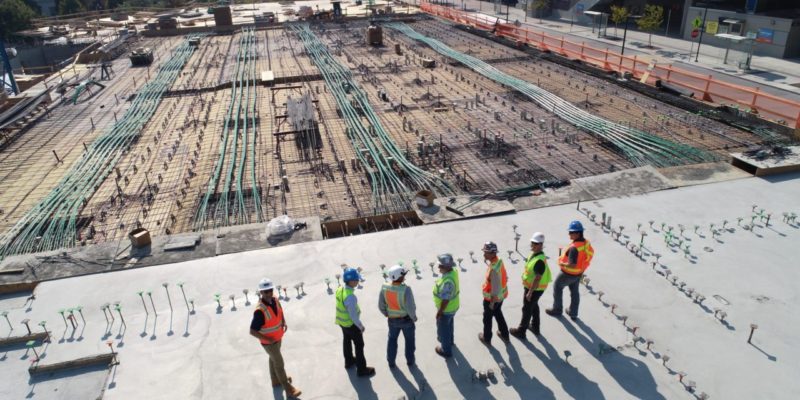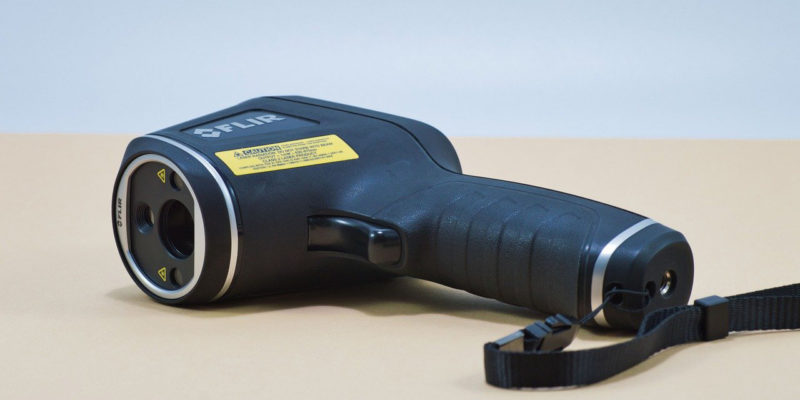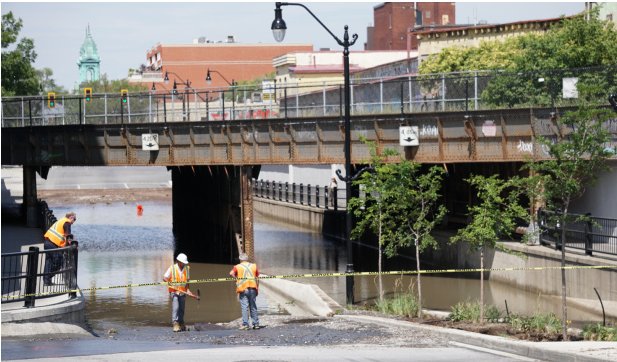Corrosion mapping is a quantitative way to inspect a material that has been reduced in thickness by oxidation or erosion. Since an ultrasonic path is directly reduced on a corroded part, a conventional UT beam can report one specific thickness at a time, while a phased array scan can produce an array of thicknesses.
Continue reading “How to Use Corrosion Mapping”




